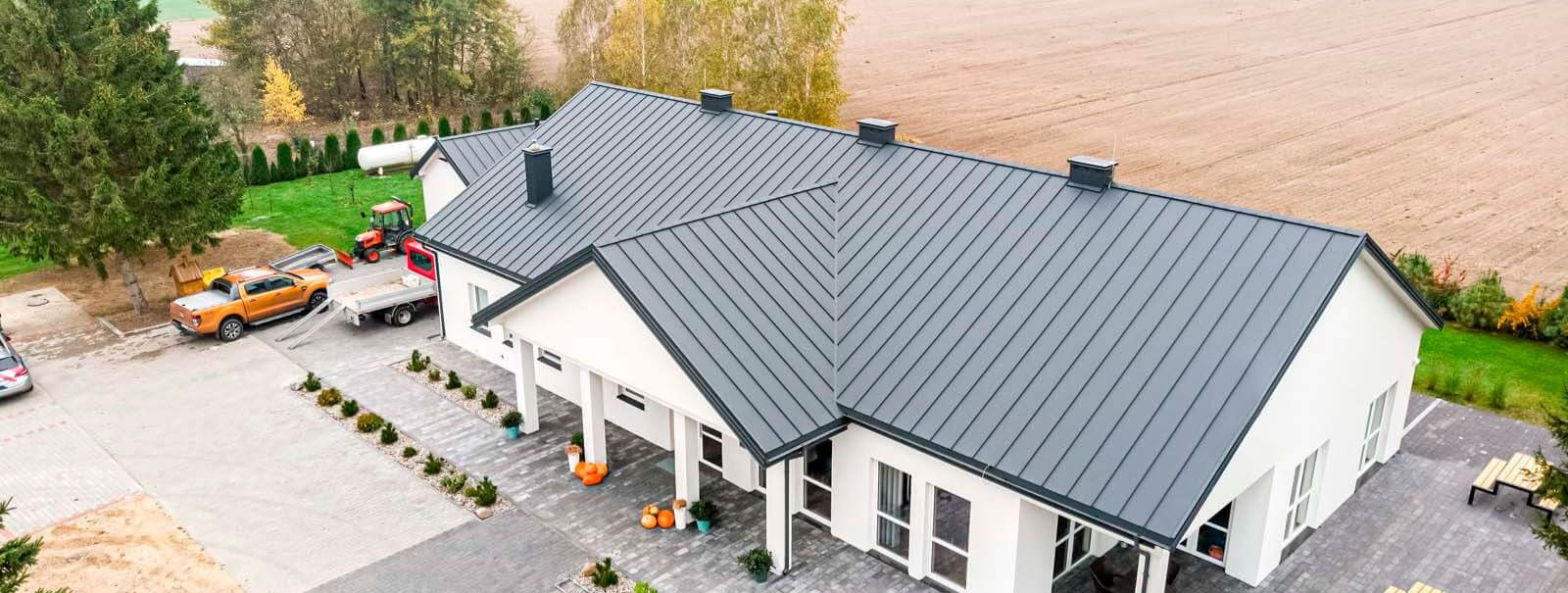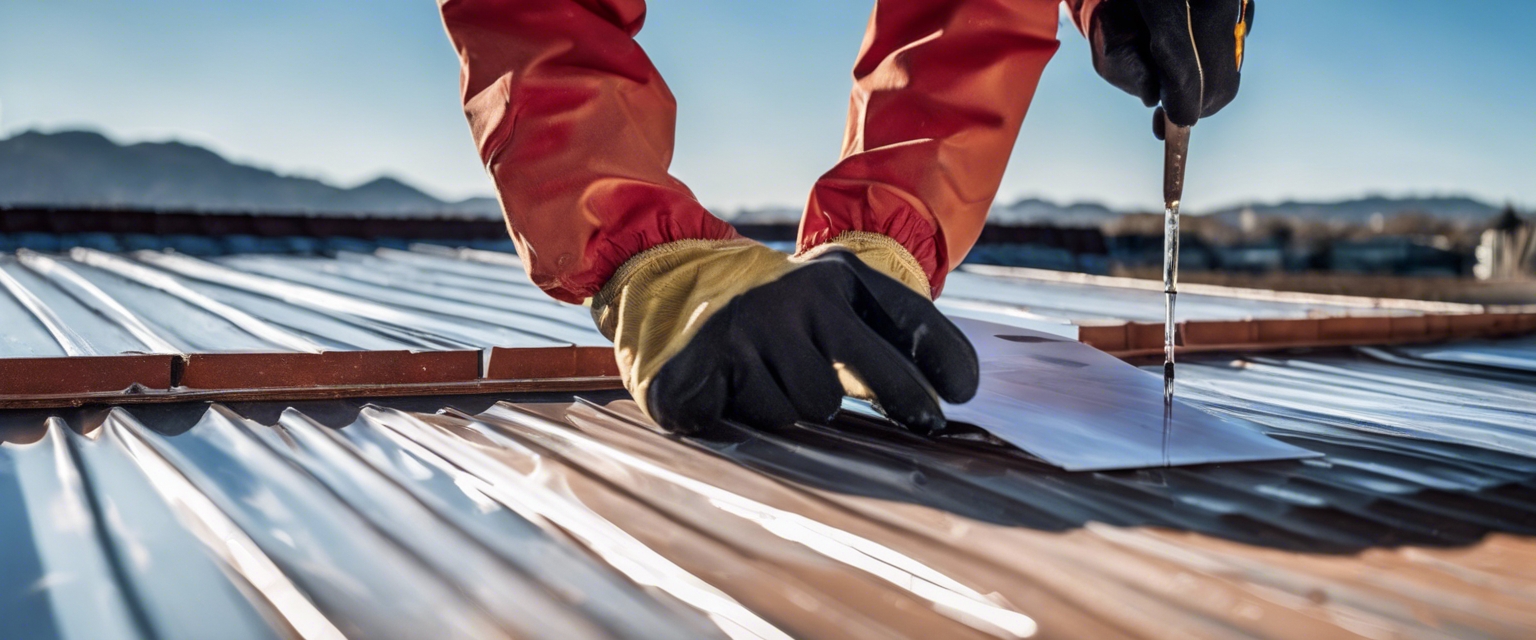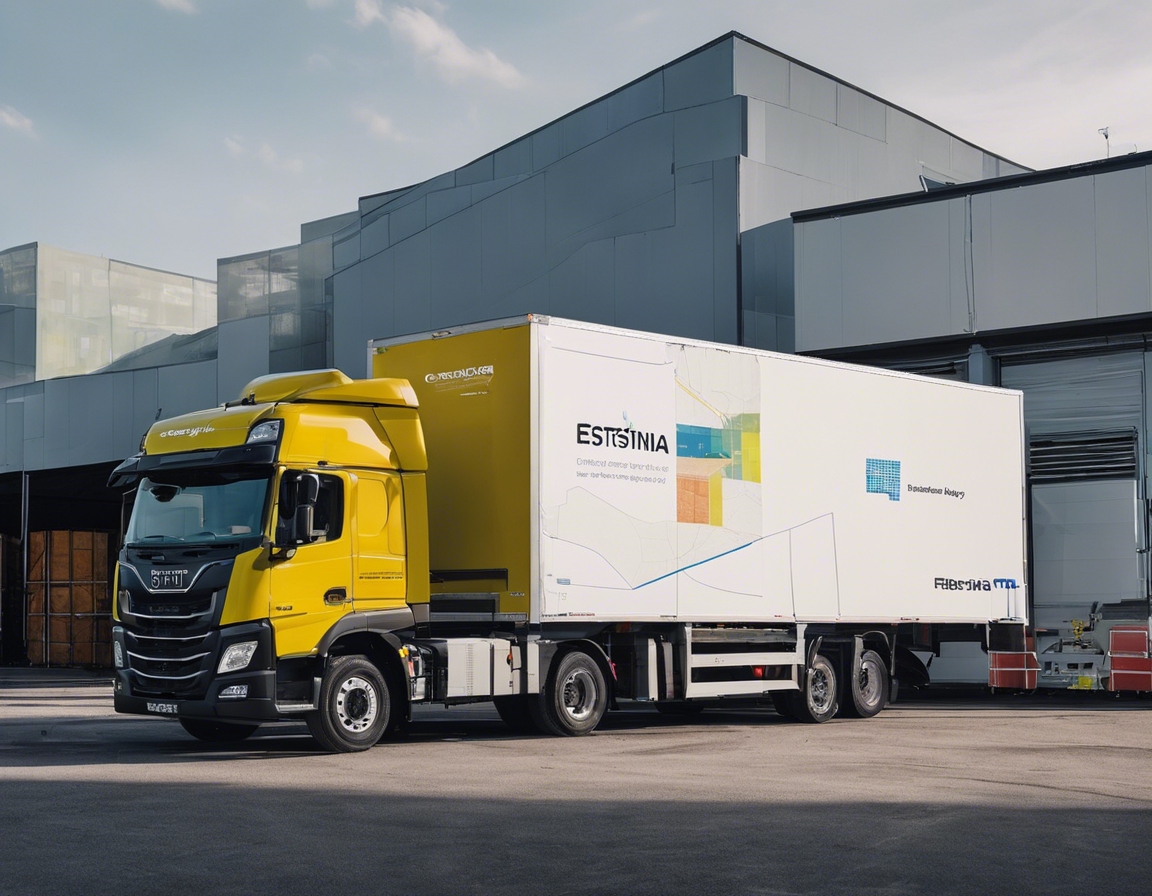The environmental benefits of steel roofing
Steel roofing is a premium roofing material known for its strength, durability, and versatility. It has become a popular choice among homeowners and construction businesses in Estonia who are looking for long-lasting and aesthetically pleasing roofing solutions.
In today's world, the environmental impact of building materials is a significant concern. Eco-friendly materials are not only better for the planet but also offer benefits such as energy savings and improved indoor air quality. Steel roofing stands out as an environmentally responsible choice.
Key Environmental Advantages of Steel Roofing
Steel roofs reflect solar radiant heat, which can reduce cooling costs by 10-25%. Insulation under the steel can also improve energy efficiency, keeping buildings warm in winter and cool in summer.
Steel roofing is incredibly durable, with a lifespan that can exceed 50 years. This longevity means less frequent replacements and reduced resource consumption over time.
Steel is 100% recyclable, and most steel roofing is made from a significant percentage of recycled material. At the end of its life, a steel roof can be completely recycled, reducing landfill waste.
The production of steel roofing has a lower environmental impact compared to many other roofing materials. Modern steel manufacturing processes have significantly reduced emissions, making steel roofing a more sustainable choice.
Steel roofs have high reflectivity, which helps mitigate the urban heat island effect. This can lead to lower ambient temperatures in urban areas, reducing the need for air conditioning and associated energy use.
Comparative Analysis of Steel Roofing with Other Materials
Asphalt shingles have a shorter lifespan and are less durable than steel. They also contribute to higher landfill waste due to their frequent replacement.
While clay and concrete tiles are durable, they are heavier and require more energy to produce. Steel roofing offers similar durability with a lighter environmental footprint.
Wood shingles may come from renewable resources, but they often require more maintenance and have a shorter lifespan than steel roofing. Additionally, they are not as fire-resistant as steel.
Installation and Maintenance: Enhancing Environmental Benefits
Proper installation is crucial for maximizing the energy efficiency of steel roofing. A professional installation ensures that the roof performs as intended, providing optimal insulation and reflectivity.
Maintenance for steel roofing is minimal, but regular inspections and proper care can extend its lifespan even further, amplifying its environmental benefits.
Financial Incentives and Green Building Certifications
Homeowners and businesses may be eligible for government incentives when choosing eco-friendly roofing materials like steel. These incentives can help offset the initial investment costs.
Choosing steel roofing can contribute to green building certifications such as LEED or BREEAM. These certifications can increase a building's value and appeal to eco-conscious buyers or tenants.






Comments (0)